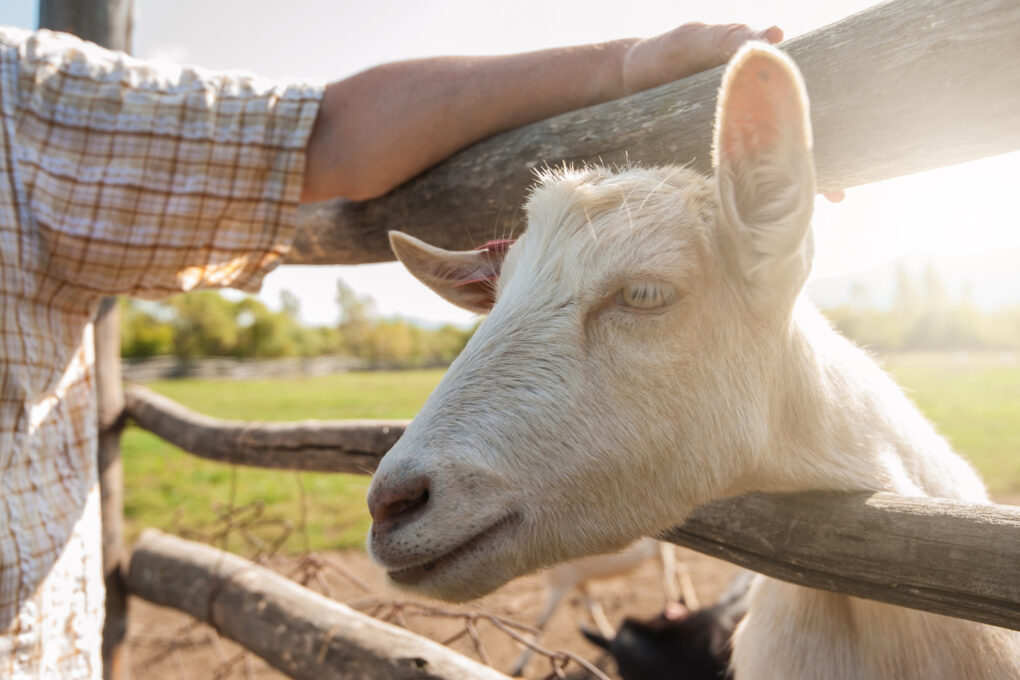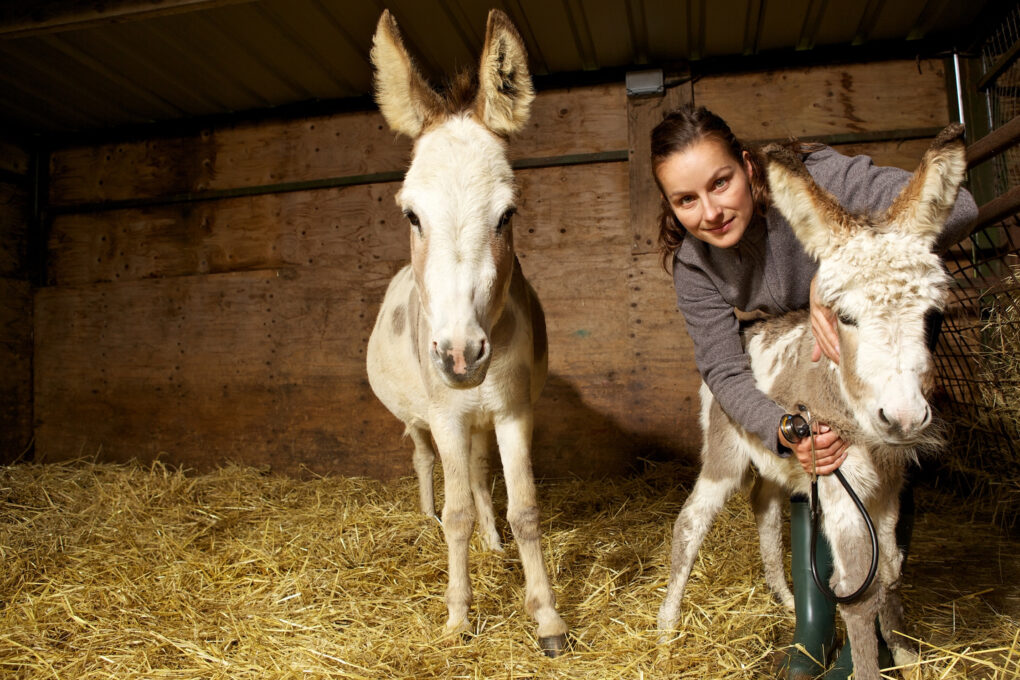Author(s): Kirton, R., Sandford, I., Raffan, E., Hallsworth, S., Burman, O.H.P. and Morgan, R.
Published in: Equine Veterinary Journal
Date: September 2024
DOI: https://doi.org/10.1111/evj.14411
Type of access:
Open access (click for full article)
Our summary
Kirton, R. et al. (2024) The impact of restricted grazing systems on the behaviour and welfare of ponies. Equine Veterinary Journal.
The aim of this study was to investigate the impact of two commonly used grazing systems — the ‘strip-grazing’ and the ‘track’ systems — on the behaviour and welfare of outdoor-living ponies. The authors hypothesised that the track system would allow for more free movement of the animals, have fewer negative impacts on behaviour and would be less disruptive to the natural rhythm of grazing.
The study was carried out over two months during the summer when grazing was sufficient to meet all dietary requirements. A convenience sample of 35 ponies kept in four herds in the East of England was used. The herd sizes ranged from seven to eleven ponies, all herds had lived together for a minimum of three months prior to the study and were kept on pasture 24 hours a day without any supplemental feeding. Routine preventative health care, pasture management and veterinary attendance continued throughout the study.
Each herd spent four weeks on a strip system and four weeks on a track system in a randomly allocated order. The grazing areas, calculated by hectares, were matched so that they were the same for both grazing systems for each group. Body weight, body condition score and cresty neck score were measured at the start and end of the study and weekly throughout. For each group behaviour was monitored for a 24-hour period on a randomly allocated day once per week using video surveillance. Activity levels were tracked over a 24-hour period on a randomly selected day for four ponies in each group using a head collar.
The results showed that ponies spent more time moving, and travelled a greater distance, on the track system compared to the strip system. Overt antagonistic behaviour was increased in the strip system compared to the track system. Grazing behaviour maintained the same rhythm of increased grazing in the morning and evening across both grazing systems with no differences between the two. No significant differences were found between weeks or grazing system for body weight, body condition score or cresty neck score.
Limitations of the study are the short study period with ponies only spending four weeks in each grazing system. The short study duration and continuous access to grass meant that changes in bodyweight or body condition or cresty neck score were unlikely to be as marked as in a longer-term weight management programme.
Take home
This study provides some evidence that a strip grazing system can have a negative impact on the welfare and behaviour of ponies and that grazing system used is an important consideration when designing weight management programmes. Further research is needed that looks at the potential physical health benefits of different grazing systems over extended periods of time.
The following may also be of interest
inFOCUS: Influence of dietary restriction and low‐intensity exercise on weight loss and insulin sensitivity in obese equids [RCVS Knowledge] [online] Available from: https://infocus.rcvsknowledge.org/influence-of-dietary-restriction-and-low-intensity-exercise-on-weight-loss-and-insulin-sensitivity-in-obese-equids/ [Accessed 28 December 2024]
inFOCUS: Welfare considerations for management of horses on prolonged periods of box rest [RCVS Knowledge] [online] Available from: https://infocus.rcvsknowledge.org/welfare-considerations-for-management-of-horses-on-prolonged-periods-of-box-rest/ [Accessed 28 December 2024]
Cameron, L. et al. (2025) Tracking the track: the impact of different grazing strategies on managing equine obesity. Animals, 15 (6), 874. https://doi.org/10.3390/ani15060874
Next steps

Receive journal watch by email
